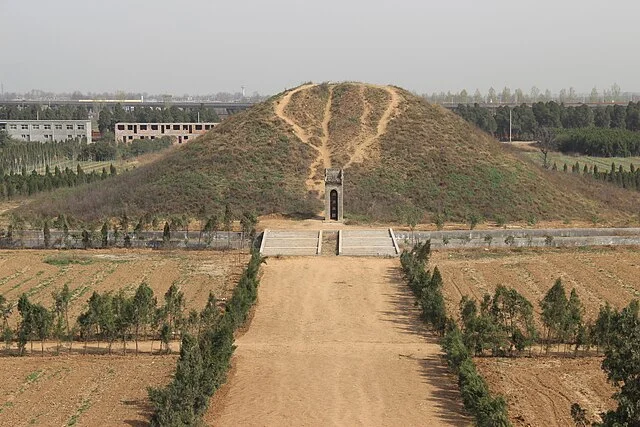The Zhou Tomb of King Wu is an important archaeological site that sheds light on the early Zhou Dynasty (1046–256 BC) and the burial practices of its rulers. King Wu, also known as Ji Fa, founded the Zhou Dynasty after defeating the Shang Dynasty in 1046 BC, marking a significant transition in Chinese history. His tomb reflects his stature and the complex rituals that honored leaders in ancient China.
Get your dose of History via Email
Historical Context
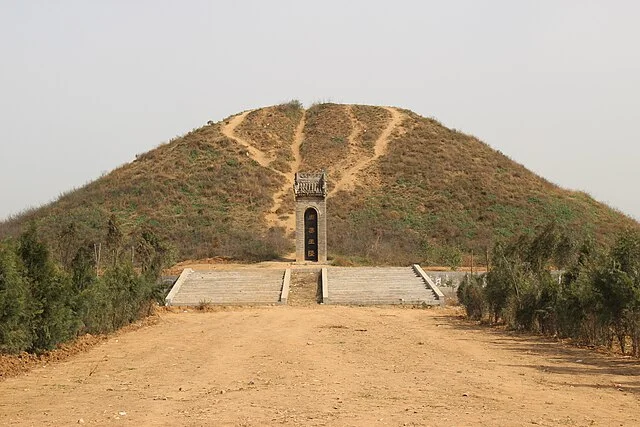
King Wu led the Zhou people to victory over the Shang, consolidating his power through strategic alliances and military strength. He established the Zhou Dynasty, which brought political stability and cultural development to China. Known for implementing the Mandate of Heaven, King Wu’s rule underscored the belief that a ruler’s authority was granted by divine forces, contingent upon their just and moral governance.
The Zhou Dynasty introduced feudalism to China, dividing the land among nobles who swore allegiance to the king. This system encouraged both centralized power and local governance, laying the groundwork for centuries of Zhou rule. The period saw advancements in bronze work, architecture, and philosophy, as well as the development of a structured social hierarchy.
Discovery and Excavation
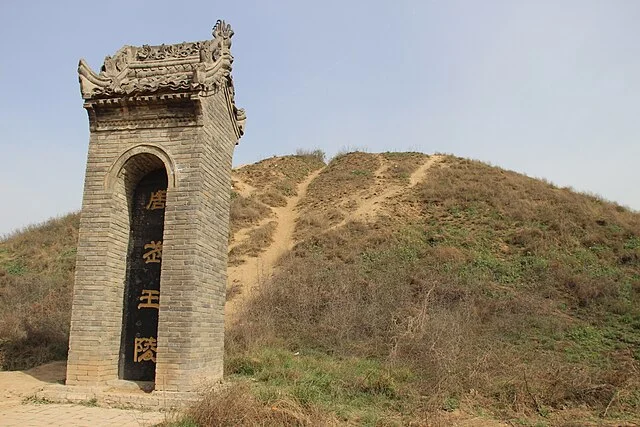
Archaeologists located the Zhou Tomb of King Wu near the ancient capital of Haojing, now modern Xi’an in Shaanxi Province. Excavations revealed the tomb’s design, which included a main burial chamber and smaller subsidiary chambers, designed to house ritual items and offerings. The layout aligns with early Zhou Dynasty customs, emphasizing King Wu’s authority and divine status.
The tomb, though not as elaborate as later imperial burials, contains significant artifacts that highlight the early Zhou Dynasty’s craftsmanship and ceremonial traditions. Items such as bronze vessels, jade ornaments, and pottery were discovered, each reflecting the Zhou’s mastery of material culture and their complex rituals of ancestor worship.
Tomb Structure and Design
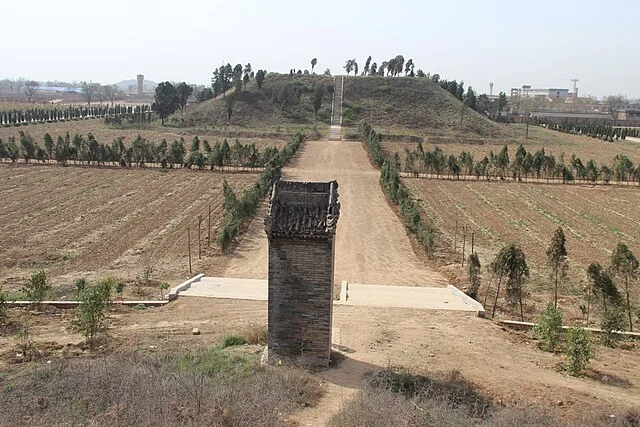
The Zhou Tomb of King Wu follows a design characteristic of early Chinese tombs. The primary chamber, where King Wu’s remains would have been placed, lies at the center. Surrounding chambers held objects symbolizing power and prosperity, including ritual vessels, weaponry, and jade. The tomb’s design emphasizes the importance of the king’s role in life and death as an intermediary between the heavens and his people.
Notably, Zhou Dynasty tombs lack the extravagant terracotta warriors and lavish artifacts associated with later Chinese emperors. Instead, they focus on symbolic items meant to honor the deceased and secure their place in the ancestral realm. This simpler approach reflects the early Zhou culture’s values and beliefs about the afterlife and power.
Artifacts and Their Significance
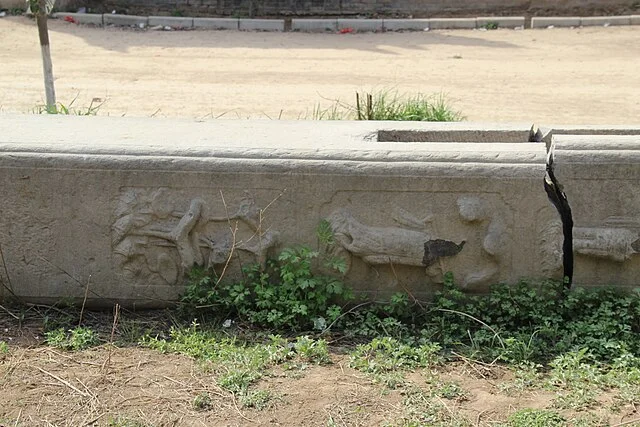
Artifacts found in the Zhou Tomb of King Wu provide insights into Zhou religious practices, craftsmanship, and daily life. Bronze vessels, used in sacrificial ceremonies, are among the most valuable discoveries. These vessels, decorated with intricate designs, illustrate the Zhou’s sophisticated metallurgy and their focus on ancestor worship. The bronze inscriptions often mention King Wu’s achievements and emphasize his virtues, reinforcing his status in life and the afterlife.
Jade objects found in the tomb also hold symbolic meaning. In Zhou culture, jade was associated with purity, immortality, and moral integrity. It was believed that jade could protect the deceased in the afterlife. Thus, the inclusion of jade in the tomb signifies King Wu’s elevated status and his adherence to Zhou moral codes.
Legacy and Cultural Influence
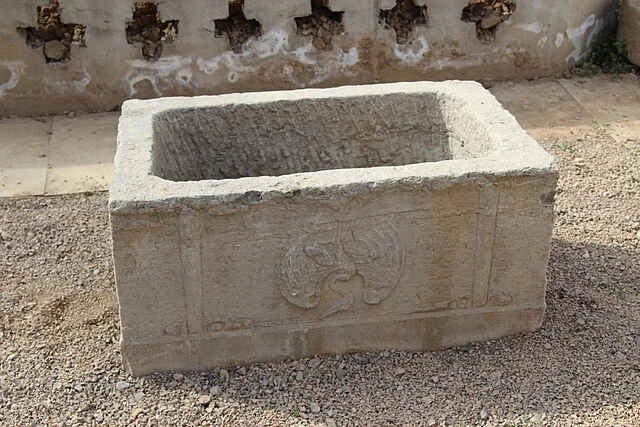
King Wu’s tomb stands as a testament to the Zhou Dynasty’s foundational principles and its emphasis on the Mandate of Heaven. The concept that a ruler must remain just and benevolent or risk losing divine favor shaped Chinese governance for centuries. The tomb reflects the Zhou belief in the moral responsibilities of rulers and the cultural values they promoted, including respect for tradition, virtue, and ancestral reverence.
The Zhou Tomb of King Wu remains an essential resource for understanding early Chinese burial practices and the spiritual and social values of the Zhou Dynasty. Archaeologists and historians continue to study the tomb to uncover more details about the origins of ancient Chinese statecraft, spirituality, and society.
Source:

